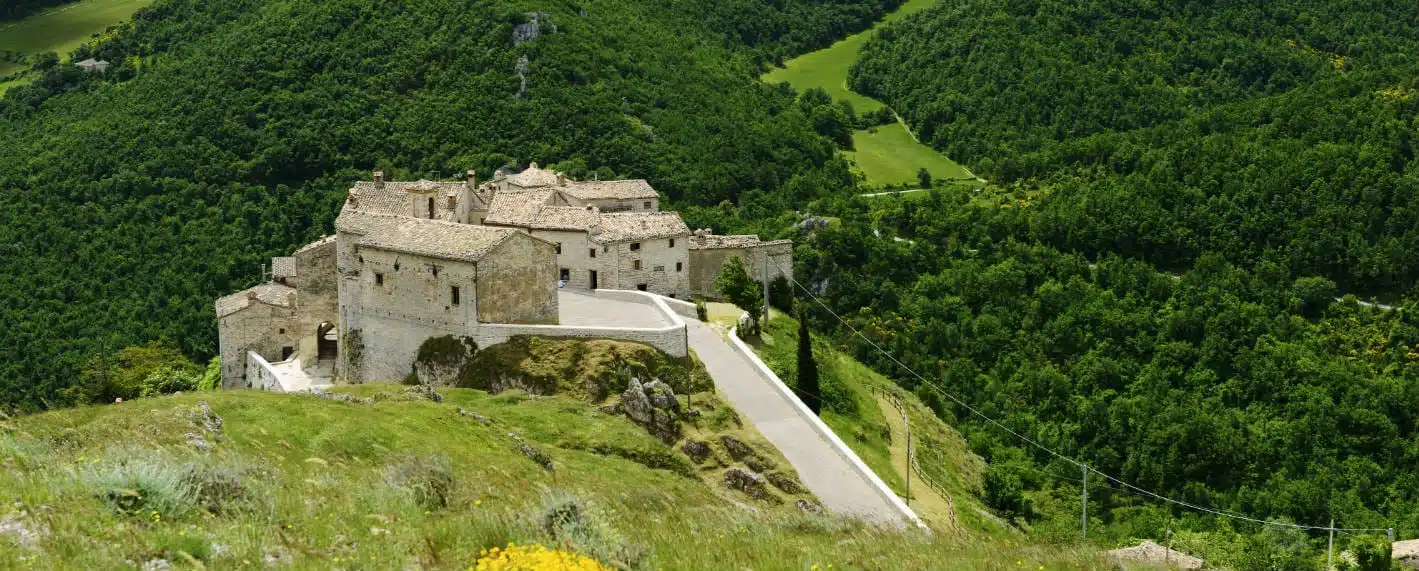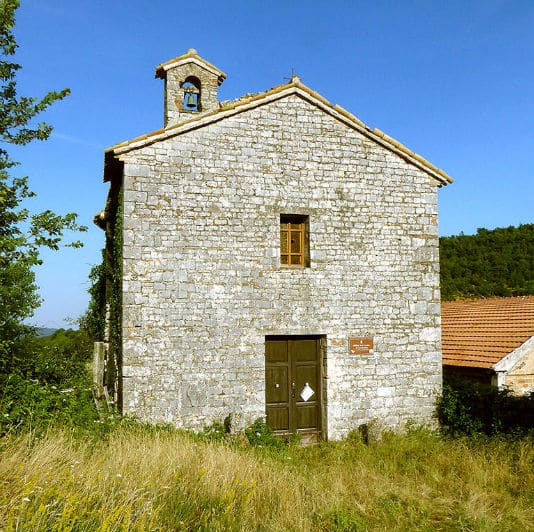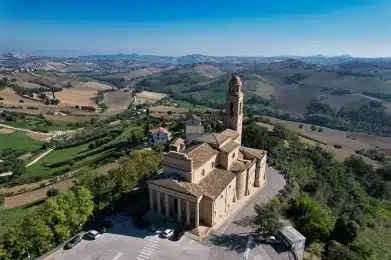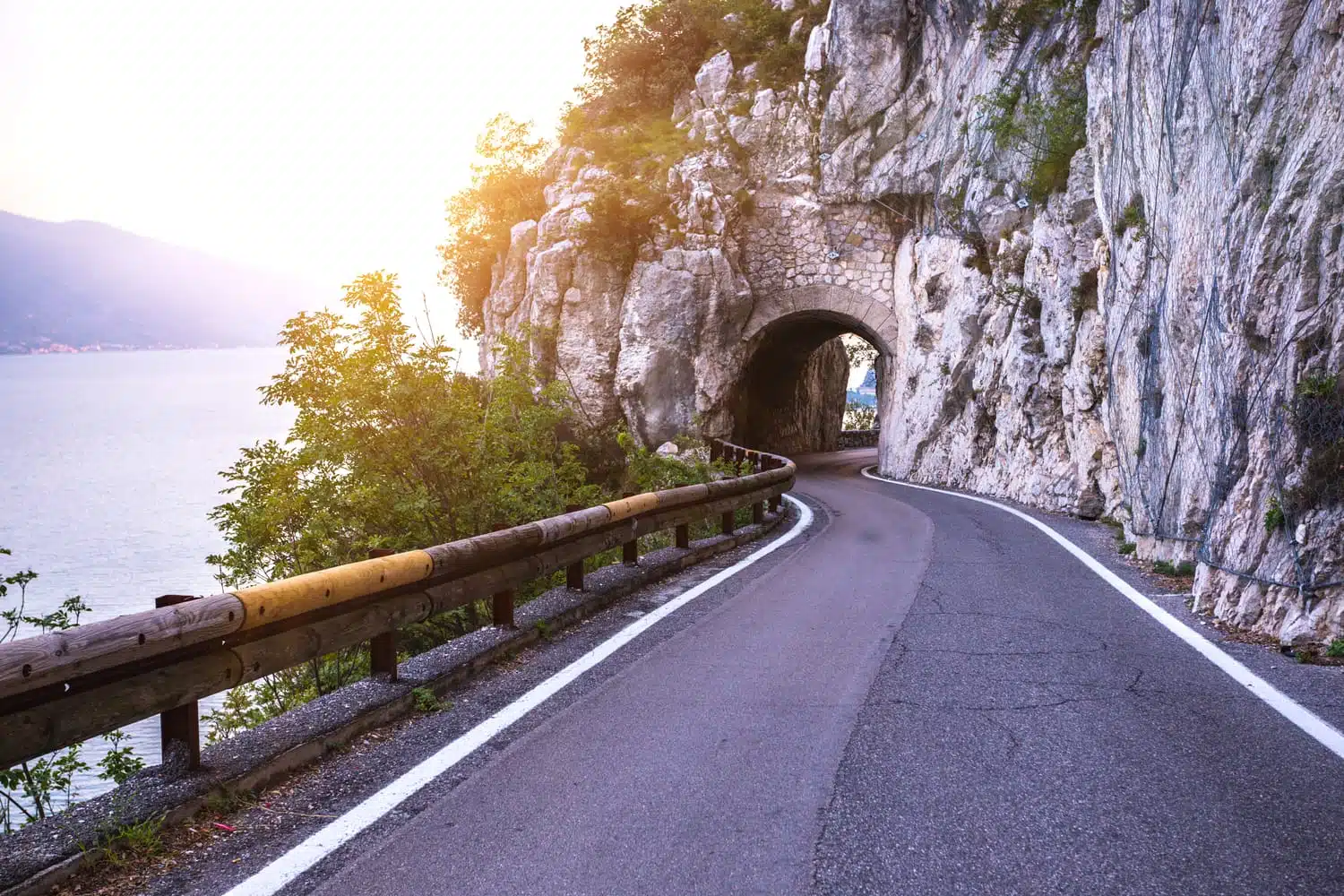Nestled in the picturesque valley between Mount San Vicino and the Canfaito plateau, the Abbey of Santa Maria di Valfucina is an important historical, spiritual and scenic landmark in the Marche region. Today little remains of the ancient monastic complex, but its Romanesque crypt, which has survived fires, looting and earthquakes, continues to tell a thousand-year story of faith and culture.
Origins and heyday
Founded between the 8th and 9th centuries, the abbey developed as a Benedictine center on the slopes of Mount San Vicino, in a fertile and strategic valley. In the period between 1227 and 1236, it reached the height of its splendor, with possessions extending over more than twenty-nine churches and chapels distributed in the territories of Matelica, San Severino, Cingoli, Treia, Jesi, Osimo, Recanati and even Numana. Through wise agricultural and religious organization, the monks contributed to the reclamation and repopulation of land devastated by barbarian invasions.
Documenting this flourishing are 398 precious parchments now preserved in the archives of San Severino Marche, testifying to the economic and managerial vitality of the abbey complex.
Decline and destruction
In the mid-13th century, the abbey was the scene of serious events that marked the beginning of its decline: a violent sacking by the Counts of Truschia and, shortly thereafter, a devastating fire (1250) that severely affected the monastery and its defensive stronghold, the Castle of Elcito. These were followed by decades of economic hardship, shrinking possessions, and continuous judicial disputes with the municipality of San Severino and other ecclesiastical entities.
In an attempt to save it, Bishop Berardo in 1327 incorporated the Abbey of St. Mariano in Valle Fabiana, but the effects were temporary. Not even the interventions of the Apostolic Chamber (1427) and Pope Nicholas V (1449) were able to halt its decline. In 1489, by then reduced to a few monks, the abbey was entrusted in commenda to the Collegiate Church of San Severino.
The coup de grace came in 1799, when a powerful earthquake razed the church and monastery to the ground. All that remained of the original structure was the crypt, which miraculously escaped destruction.
The Romanesque crypt: surviving heart
The crypt is today the surviving jewel of the entire complex. It is accessed through a small side entrance and has three naves, covered by brick cross vaults. The naves are marked by stone columns supporting twelve capitals carved from white limestone, decorated with geometric and zoomorphic motifs, including the symbols of the four evangelists on the apse. Scholars place their creation between the 11th and 12th centuries, recognizing Byzantine and Lombard influences.
For a time the crypt was used as a burial place and then buried; it has only recently been brought back to light, restoring to the area a valuable example of Romanesque architecture and art.
A legacy to be rediscovered
Today, on the spot where the ancient abbey stood, there is a small chapel erected in 1800 and rebuilt in 1958, incorporating part of the original materials and decorated with memorial plaques. The entire complex is surrounded by a farm, reflecting the rural vocation that had characterized the activities of the Benedictine monks for centuries.
Not far away, on a cliff overlooking the Valfucina and San Clemente valleys, still stands Elcito Castle, once a strategic fortress of the abbey and a refuge for the peasants in its service.
The Abbey of Valfucina, though reduced today to a few physical remains, preserves an intangible legacy of enormous historical and spiritual value, deeply intertwined with the history of the Marche region.





